Lessons from The Railway Children
Madilynn chose The Railway Children as our next listen. She also read along, at least when there was light to do so, since we were listening during the time she had evening rehearsal for the performance. Having never read it, I didn’t know what to expect. As we listened, there were certainly some things that point to the change in culture from the early 1900s to present. However, the author describes the attributes of people in a way that allows the reader (listener) to clearly see someone with similar traits. We found a movie version to watch that follows the book almost perfectly. If you are interested, you can watch it free on YouTube here.
The author often breaks the fourth wall, talking directly to the reader. I greatly enjoyed this description of the oldest child Roberta, called Bobbie, because it reminds me of my own children and their great empathy for others.
Once again, this book has a focus on God, even though the family is going through extremely difficult circumstances. This quote from the Mother clearly shows her trust in God’s provision and sovereignty even though she doesn’t see the happy ending.
Sometimes a stranger is really a friend you haven’t met. The youngest child, Phyllis, sums up this truth in delightful innocense, as only a child can. In a Muppet Christmas Carol, one of the songs is “One More Sleep ’til Christmas.” In this song, Kermit sings of the kindness and joy of the season. One line goes, “There’s no such thing as strangers when a stranger says ‘hello’.” A little kindness and compassion goes a long way. Maybe that stranger will never be a “bosom friend,” but they are unlikely to be an enemy.
Much like actions speak louder than words, the intention behind our actions speaks volumes about our character. Do you act out of obligation or compassion?

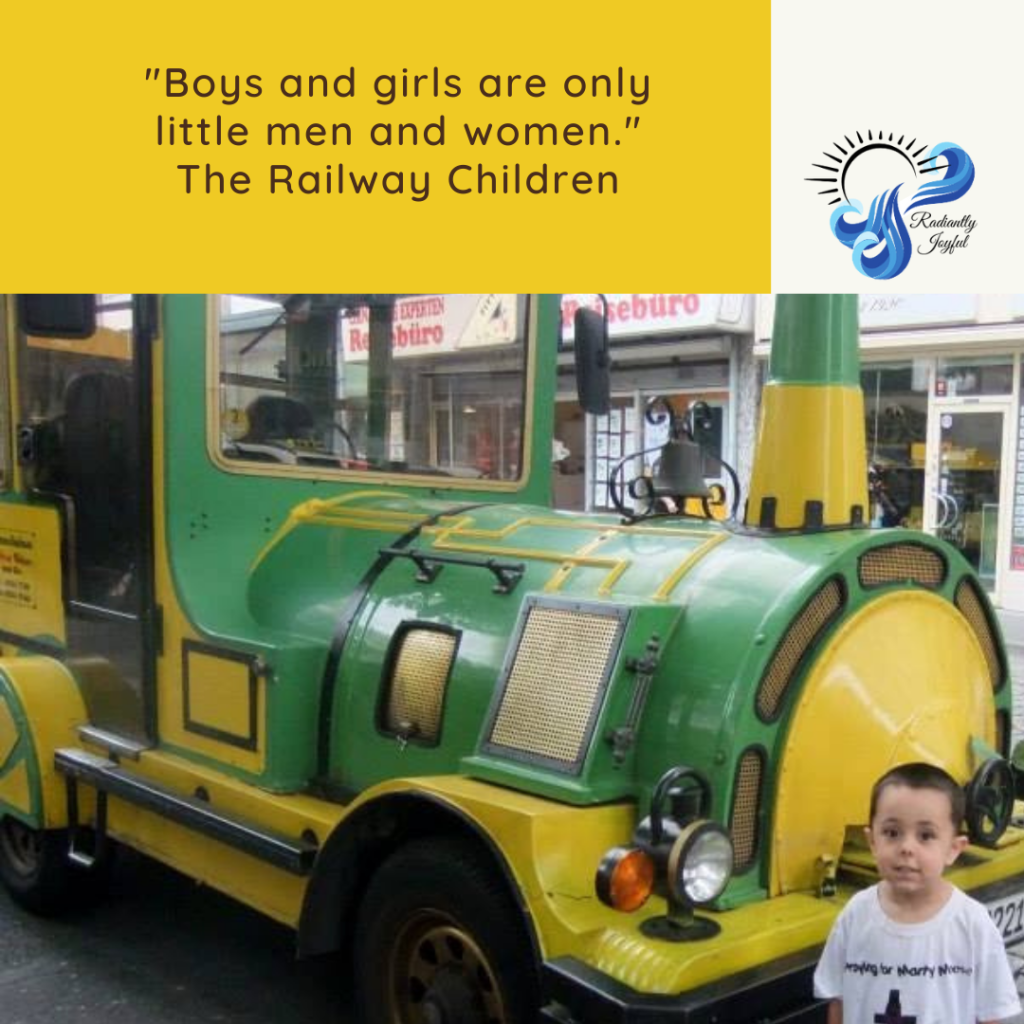
There are a few places in the book where the author is clearly ahead of her time, emphasizing that girls CAN do things and that children are able to do far more than adults often think. Most of the time, I would add that children can do more because they believe anything is possible. They don’t look at situations with pre-conceived notions and inhibition, but with imagination and wonder.
If the only way out is through, we keep going. A train doesn’t enter a tunnel and stop because of the darkness. It continues through to the other side. If you get to a bump in the road, you can stop, turn around, or keep going. Overcoming obstacles is part of the journey. In fact, the “bumps” often become the best part of the story.
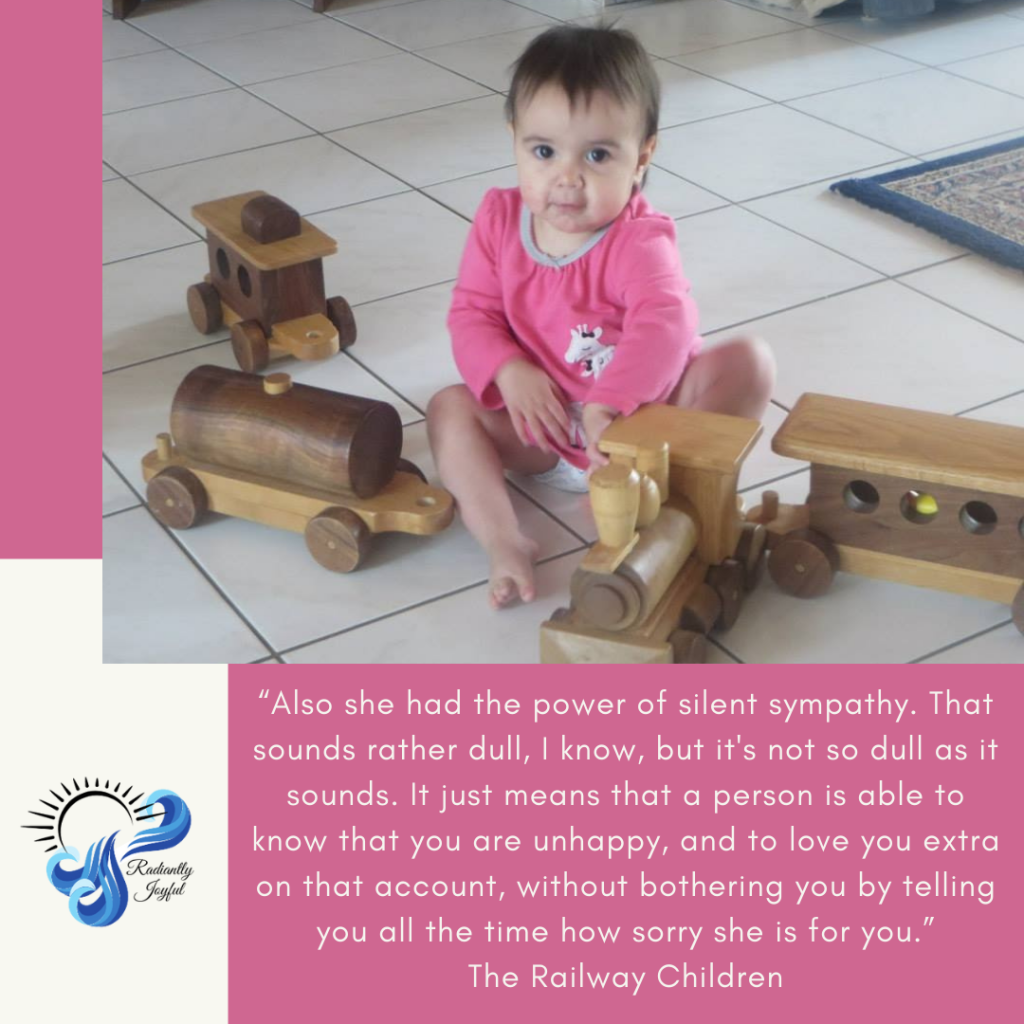
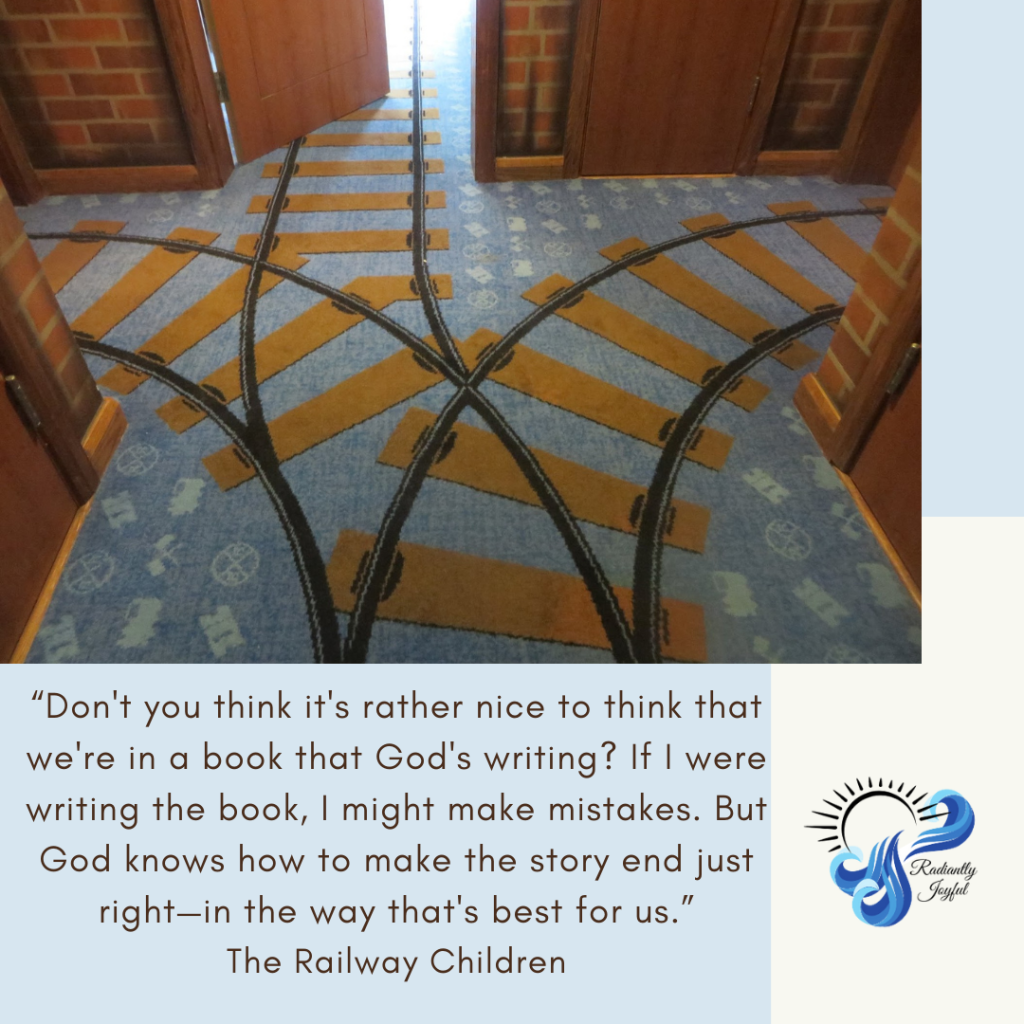
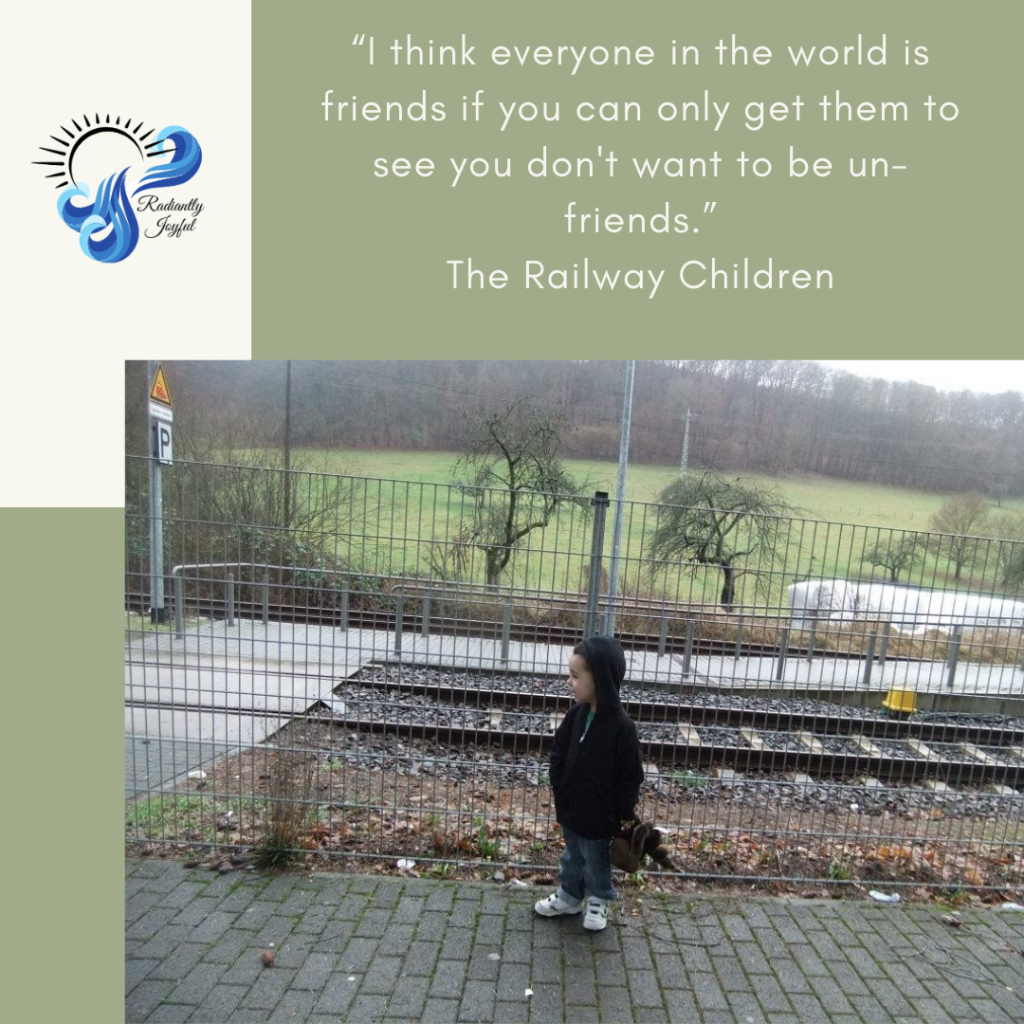

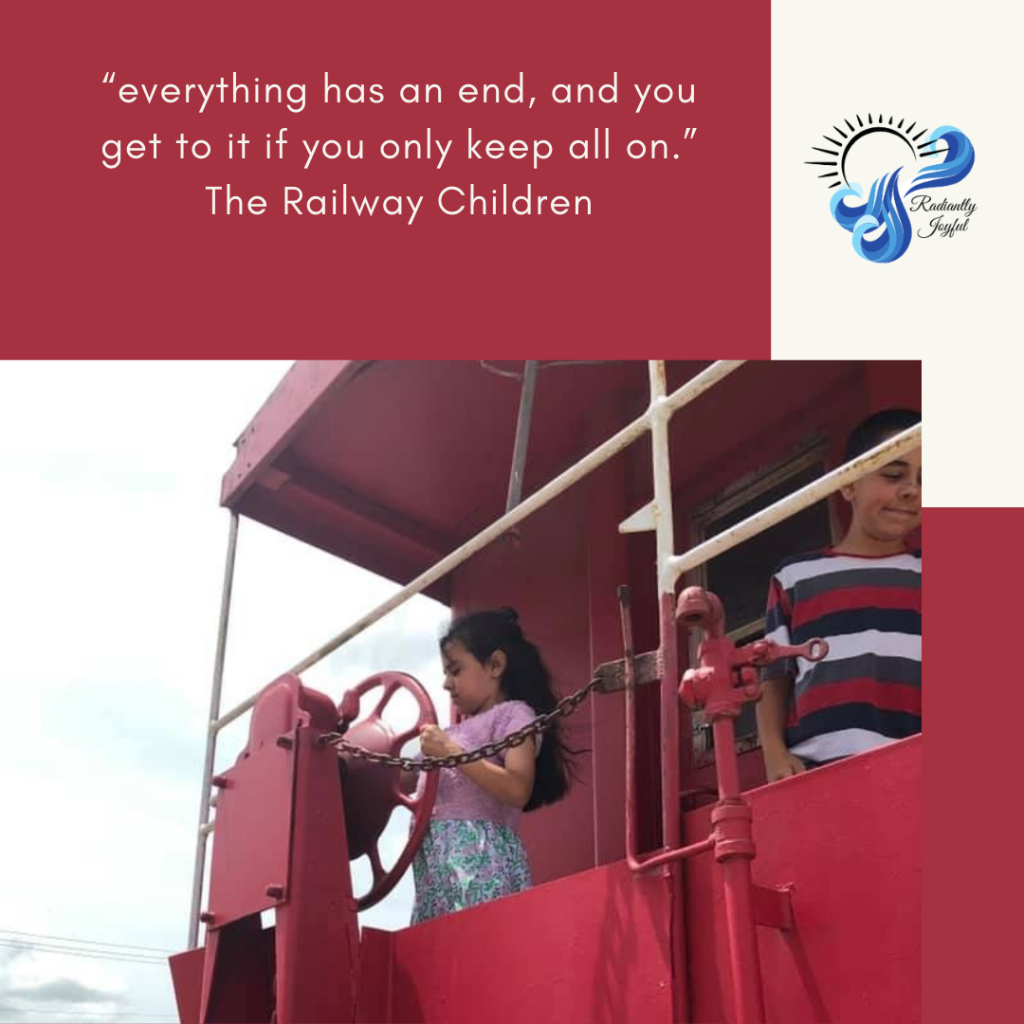
You’ve put together an amazing resource! I look forward to perusing your site further. I’m sure we will re-read the railway children in the future. Right now we are re-reading the Anne series. I appreciate you sharing my review!
Hi Angie – we’re so glad to have found your beautiful post! We think your former social worker background must have especially helped you connect to Mother’s largesse and compassion. If you and Madilynn would like to revisit this book, we hope you’ll help yourself to the fun ideas we came up with for “experiencing” this book in hands-on, creative ways. Because, as you point out so well, there are great lessons to be learned from this great book. We’ve linked to your blog post under Learning Links on our page of Creative Teaching ideas for The Railway Children. Thank you again for sharing your heart-felt thoughts and most of all for sharing this great book with Madilynn and others!